Yes, Napier jewelry has genuine value, and collectors actively seek it out. Prices range from $8 for simple earrings to over $2,600 for rare pieces. Vintage items from the 1950s and sterling silver pieces command the highest prices. High-end costume jewelry usually increases in value over time.
Napier Jewelry Value Overview
Napier jewelry values vary dramatically based on age, condition, rarity, and design appeal. Recent sold listings on eBay show prices ranging from $15 for basic 1980s earrings to $650 for mint-condition 1940s statement necklaces. Several factors determine whether your Napier pieces have significant value:
- Age matters most: Pre-1960 pieces generally command higher prices due to superior craftsmanship and limited production runs. The company’s golden age from 1920 to 1950 produced the most collectible pieces.
- Condition affects value dramatically: Mint-condition pieces with original packaging can sell for three to five times more than worn examples. Missing stones, bent metal, or tarnishing significantly reduce collectibility.
- Designer attribution adds premium: Pieces designed by Eugene Bertolli during the 1940s-1950s carry extra value due to his artistic reputation and influence on American costume jewelry.
- Rarity drives collector interest: Limited editions, prototype pieces, and discontinued collections appeal to serious collectors, who are willing to pay premium prices.
Common Napier pieces from the 1970s to the 1990s typically sell for $15-$45, while exceptional early pieces can reach $300-$800. Understanding these basics helps set realistic expectations before diving into specific evaluation criteria.
Decade-by-Decade Value Breakdown
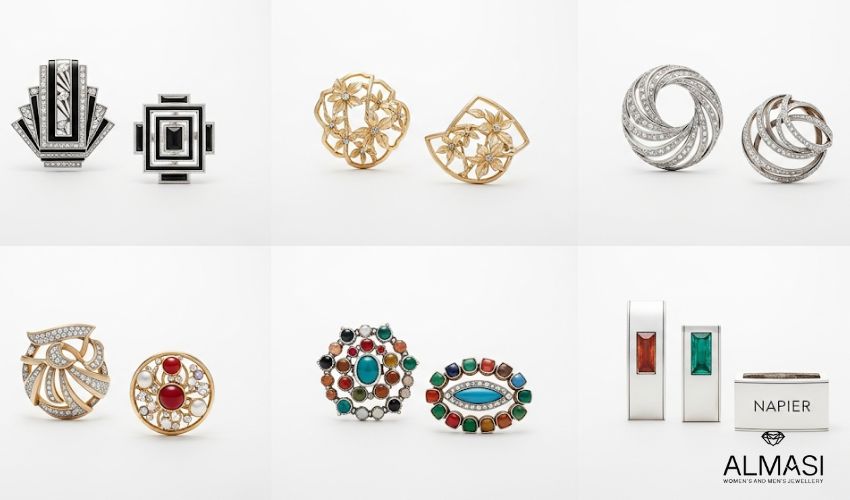
1920s-1930s Art Deco Era (Highest Value)
Early Napier pieces from the Art Deco period represent the peak of the company’s value proposition. These pieces typically sell for $200 to $800, with exceptional examples reaching even higher prices.
The Napier Company began in 1878 but didn’t focus on jewelry until the 1920s. Its early costume jewelry featured bold geometric designs, high-quality plating, and substantial construction that has stood the test of time. Original Art Deco Napier pieces show distinctive characteristics:
- Heavy, substantial feel due to quality base metals
- Complex multi-layer plating that resists tarnishing
- Geometric patterns reflecting Art Deco aesthetics
- Hand-finished details and precise construction
Collectors are particularly drawn to Napier’s early sterling silver pieces and gold-plated statement jewelry from this era. A 1930s sterling silver bracelet recently sold for $485 at auction, while a geometric gold-plated necklace brought $625.
1940s-1950s Golden Age ($50-$400)
The 1940s and 1950s represent Napier’s creative peak under the influence of designer Eugene Bertolli. This era produced many of the company’s most recognizable and valuable pieces, typically selling for $50 to $400, depending on the design and condition.
Bertolli joined Napier in 1946 and revolutionized its design approach. His influence created sophisticated pieces that appealed to fashion-conscious women while maintaining the quality construction for which Napier was known. Key characteristics include:
- Refined, elegant designs moving away from Art Deco boldness
- Superior plating techniques create lasting finishes
- Celebrity endorsements boost brand recognition
- Limited production runs increasing the current rarity
The famous “Bamboo” collection from this period commands premium prices, with complete sets selling for $250 to $400. Individual bamboo-style bracelets typically sell for $75-$150, while matching earrings range from $35 to $65.
Celebrity connections from this era add significant value. Pieces worn by Grace Kelly, Mamie Eisenhower, and other prominent figures command premium pricing when accompanied by documentation.
1960s-1970s Mod Era ($25-$150)
The 1960s and 1970s saw Napier adapting to changing fashion trends, with mixed results for current collectibility. Most pieces from this era sell for $25 to $150, although certain collections exceed these ranges.
Napier embraced mod styling, pop art influences, and mass production techniques during this period. While this made jewelry more affordable for consumers, it reduced the exclusivity that drives collector interest today. Common characteristics include:
- Lighter construction using cost-saving techniques
- Trend-focused designs reflecting 1960s-1970s aesthetics
- Increased production volumes reduce rarity
- Some innovative materials and techniques
Despite lower average values, certain pieces from the 1960s and 1970s command strong prices. The “Endangered Species” bracelet, featuring detailed animal motifs, regularly sells for $300-$500. Modernist pieces reflecting space-age design occasionally reach $200-$300. Large, bold statement pieces from this era often outperform smaller, delicate items. A 1970s chunky chain necklace might sell for $85, while matching earrings bring only $25.
1980s-1990s Modern Era ($15-$75)
Napier’s final decades before closure in 1999 produced the most affordable pieces in today’s market. Most 1980s-1990s jewelry sells for $15-$75, with limited exceptions for special collections or pristine condition. During this period, Napier focused on mass-market appeal and cost efficiency. While some designs maintained quality, the company’s prestige and exclusivity diminished. Typical characteristics include:
- Lightweight construction prioritizing affordability
- Simplified designs lacking earlier sophistication
- Higher production volumes flooding the market
- Quality variations affecting long-term durability
Even from this era, certain pieces exceed typical ranges. Limited edition releases, collaboration pieces, and final production runs occasionally sell for $100-$200 due to nostalgic appeal among collectors who remember the brand’s heyday. The company’s closure in 1999 creates some scarcity value, but most 1980s-1990s pieces remain widely available at affordable prices.
Real vs. Fake Napier
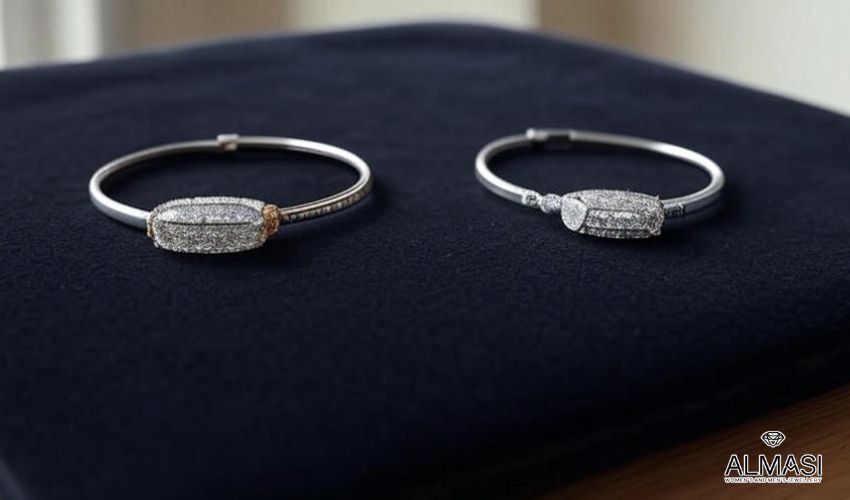
Authentic Napier jewelry features specific markings and construction details that help verify genuineness. Learning these characteristics protects buyers from reproductions and helps sellers document authenticity.
Hallmark Evolution by Decade
- Pre-1930: “NAPIER” in block letters, sometimes with “STERLING”
- 1930s-1950s: “NAPIER” in script font, often with copyright symbol
- 1960s-1980s: “NAPIER” in various fonts, sometimes with “©”
- 1990s: “NAPIER” with registration marks
Construction Quality Indicators
Genuine Napier pieces show consistent quality markers regardless of era. Look for smooth, even plating without rough edges or obvious seams. Clasps should operate smoothly with proper tension. Stone settings should be secure with no obvious gaps or poor alignment.
Material Composition Clues
Authentic Napier jewelry uses quality base metals that feel substantial. Pieces should have appropriate weight for their size. Plating should appear even and consistent, without obvious color variations or thin spots revealing base metal underneath.
Common Fake Warning Signs
Reproduction Napier jewelry has flooded markets as vintage costume jewelry gains popularity. Several red flags help identify questionable pieces. Reproduction markings to avoid:
- “NAPIER” in fonts not used during supposed production era
- Missing or incorrect copyright symbols
- Poorly executed stamping with unclear letters
- Markings in wrong locations compared to authentic pieces
Quality Red Flags
Fake Napier often shows substandard construction compared to originals. Common issues include rough casting marks, uneven plating, loose stones, and poorly fitting components. The overall feel should match the era’s quality standards.
Where Counterfeits Typically Surface?
Online marketplaces without authentication services see the most reproductions. Estate sales and garage sales occasionally feature fakes, though less commonly than online venues. Reputable vintage dealers typically avoid questionable pieces, but verification remains important.
The Impact of Condition on Napier Jewelry Value
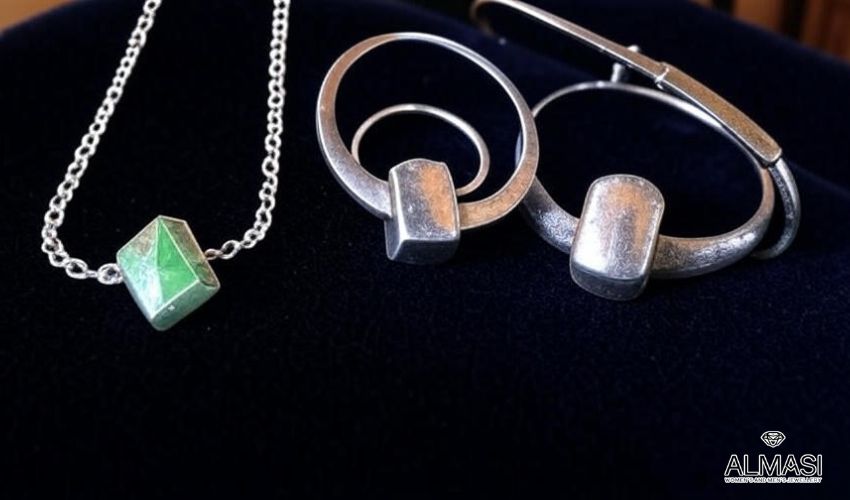
- Mint Condition Premium (100% value)
- Good Condition Range (60-80% value)
- Poor Condition Reality (10-30% value)
Mint Condition Premium (100% value)
Mint condition Napier jewelry commands full market value and sometimes premium pricing. These pieces show no signs of wear, retain original finishes, and often include original packaging or documentation.
Original boxes, pouches, or cards can add 20-50% to value for collectible pieces. Documentation proving authenticity and origin significantly boosts buyer confidence, particularly for higher-end items. Mint pieces show no scratches, tarnishing, or wear patterns. Plating remains uniform and vibrant. Moving parts operate smoothly without looseness or stiffness indicating age.
Good Condition Range (60-80% value)
Good condition pieces show minor wear consistent with normal use but retain structural integrity and visual appeal. These pieces represent the majority of market transactions. Light scratches from normal wear don’t significantly impact value. Slight tarnishing on silver-toned pieces is acceptable and often removable. Minor plating wear on high-contact areas like bracelet links is expected.
Moreover, small chips in enamel or minor stone looseness can be acceptable if repair costs remain reasonable. Missing jump rings or worn earring backs are easily replaceable without affecting collectibility.
Poor Condition Reality (10-30% value)
Poor condition pieces suffer from damage that significantly affects appearance, functionality, or structural integrity. These pieces might still have value to collectors seeking restoration projects or parts. Broken clasps, missing stones, severe tarnishing, or structural damage typically reduce value by 70-90%.
Attempting unprofessional repairs often makes damage worse and further reduces worth. Professional restoration can cost $50-$200 depending on required work. This expense only makes sense for pieces worth $200+ in mint condition. Most collectors prefer original condition over restored pieces.
Market Trends & Investment Potential in 2025
Recent market data reveals interesting trends in Napier jewelry collecting. Analysis of sold listings from major platforms shows specific patterns affecting values. eBay data from 2022-2024 shows 15-25% price increases for pre-1960 pieces, while 1970s-1990s items remain stable. Exceptional pieces from the 1940s-1950s have seen 30-40% appreciation as baby boomer collectors seek childhood memories.
Collector Interest Shifts: Younger collectors increasingly appreciate mid-century modern aesthetics, boosting demand for 1950s-1960s pieces. Statement jewelry is outperforming delicate pieces as fashion trends favor bold accessories.
Regional Market Variations: East Coast markets show 20-30% higher prices than Midwest or West Coast areas. This reflects regional collecting preferences and dealer concentration in traditional antique centers.
Investment Outlook
- Historical ROI Performance: Quality Napier pieces have appreciated 3-5% annually over the past decade, slightly outpacing inflation. Exceptional pieces from the 1920s-1940s have performed better, with some showing 8-10% annual gains.
- Risk Factors to Consider: The costume jewelry market remains relatively small compared to fine jewelry, limiting liquidity. Changing fashion trends can affect demand unpredictably. Reproduction flooding could impact authentication challenges.
- Long-term vs. Short-term Prospects: Short-term prospects appear stable but not spectacular. Long-term outlook depends on continued collector interest and fashion relevance. The brand’s discontinued status provides some scarcity premium.
Valuable Napier Collections & Designer Pieces
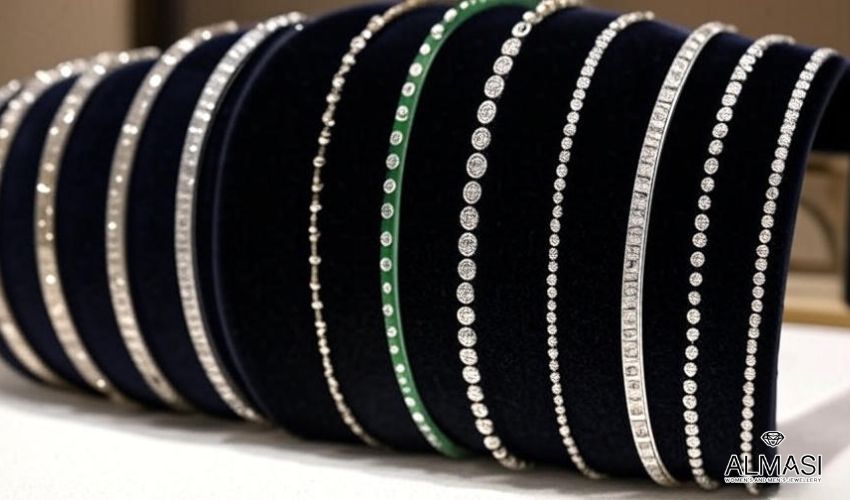
Certain Napier collections consistently command premium prices due to design excellence, limited production, or collector recognition.
Endangered Species Bracelet ($300-$500)
This detailed bracelet featuring various animal motifs represents one of Napier’s most sought-after single pieces. The complex construction and artistic merit justify premium pricing. Complete examples in mint condition can exceed $500.
Bamboo Series Pricing
The bamboo-textured jewelry collection from the 1950s remains highly collectible. Complete sets including necklace, bracelet, and earrings sell for $250-$400. Individual pieces command $75-$150 depending on size and condition.
Limited Edition Releases
Special collections produced in limited quantities show strong collector interest. These pieces often feature unique design elements, special packaging, or commemorative significance that drives premium pricing.
Designer Attribution Impact
Pieces definitively attributed to Eugene Bertolli during his 1946-1960 tenure carry 25-50% premium over similar unattributed pieces. His influence on American costume jewelry design creates lasting collector interest. While Bertolli receives most attention, other designers contributed valuable pieces.
Research into specific designer attribution can reveal undervalued pieces with potential appreciation. Documented designer attribution through company records, advertisements, or expert authentication significantly boosts value. Pieces with design patents or trademark registrations carry additional verification.
Where to Sell Napier Jewelry
eBay remains the largest marketplace for Napier jewelry, with thousands of completed listings providing price guidance. Average selling prices run 10-20% below retail due to auction format and lack of authentication services.
Successful eBay sellers focus on detailed photography, comprehensive descriptions, and competitive pricing. Buy-it-now listings typically outperform auctions for pieces under $100, while rare items benefit from auction format competition.
Etsy’s vintage marketplace attracts buyers seeking curated selections and seller expertise. Average prices run 20-30% higher than eBay, but sales volume is significantly lower. This platform works best for higher-quality pieces priced above $75.
Traditional Selling Venues
- Estate Sale Performance: Estate sales work well for complete collections or higher-value individual pieces. Buyers appreciate the ability to examine pieces in person, and competition can drive prices above online levels. Commission rates typically range 25-40%.
- Auction House Considerations: Regional auction houses occasionally feature costume jewelry lots that include Napier pieces. This venue works best for exceptional pieces worth $200+ or complete collections. Buyer’s premiums and seller commissions can total 35-50% of final prices.
- Antique Dealer Relationships: Established dealers offer convenience and immediate payment but typically pay 40-60% of retail value. This option works best for sellers prioritizing convenience over maximum return.
Strategies for Buying Napier Jewelry as Investment
What to Buy Now
- 1960s modernist pieces currently trade below their aesthetic merit. These pieces may benefit from renewed interest as mid-century modern styling regains popularity.
- Younger collectors increasingly appreciate bold, statement pieces over delicate designs. This trend favors chunky bracelets, large earrings, and dramatic necklaces from all eras.
- Regional price differences create opportunities for informed buyers. Midwest estate sales often feature Napier pieces at below-market prices compared to East Coast dealers.
What to Avoid
- Mass-produced 1970s-1980s pieces occasionally see inflated pricing from uninformed sellers. Research completed sales before paying premium prices for common items.
- Popular designs face reproduction pressure that can confuse markets and reduce authentic piece values. Verify authenticity before purchasing pieces that seem too good to be true.
- Certain common pieces appear frequently in multiple venues, indicating oversupply. These pieces typically show minimal price appreciation and limited investment potential.
FAQs About Napier Jewelry
How can I tell if my Napier jewelry is valuable?
Check the era (pre-1960 pieces typically worth more), condition (mint condition commands premium), and rarity (limited editions or designer pieces). Compare similar sold listings on eBay for current market values.
What’s the most expensive Napier piece ever sold?
A 1930s sterling silver and enamel bracelet sold for $850 at auction in 2023. However, most valuable pieces fall in the $300-$500 range for exceptional condition and rarity.
Where should I get Napier jewelry appraised?
Certified appraisers specializing in costume jewelry provide the most accurate valuations. The American Society of Appraisers maintains directories of qualified professionals. Expect to pay $75-$150 for professional appraisal.
Is damaged Napier jewelry worth fixing?
Only if the piece would be worth $200+ in mint condition. Professional restoration costs $50-$200 depending on required work. Most collectors prefer original condition over restored pieces.
How do I find the age of my Napier pieces?
Examine hallmarks and construction details. The company used different markings and techniques across decades. Online databases and collector guides provide detailed identification information.
What Napier jewelry is increasing in value?
Pre-1960 pieces, especially 1920s-1940s examples, show the strongest appreciation. Designer-attributed pieces and limited editions also outperform common items.
Final Assessment: Making Your Value Decision
Napier jewelry offers legitimate collectible value, but success requires understanding what separates valuable pieces from common ones. The company’s long history created distinct eras with different market positions today.
Step-by-Step Evaluation Process
- Determine age through hallmarks and construction details
- Assess condition honestly, noting any damage or wear
- Research similar pieces through completed sales listings
- Consider rarity factors like limited editions or designer attribution
- Factor in current market trends and collector demand
When Professional Appraisal Makes Sense
Professional appraisal becomes worthwhile for pieces potentially worth $200+ or complete collections. Insurance purposes, estate planning, or high-value sales justify the $75-$150 appraisal cost.
Realistic Expectations for Different Pieces
Most inherited Napier jewelry falls in the $25-$75 range. Don’t expect dramatic windfalls, but quality pieces do hold value and occasionally appreciate. Focus on pieces you actually enjoy wearing rather than pure investment potential.
Insider Tip About Upcoming Market Changes
Watch for increasing interest from Generation X collectors who remember Napier from their youth. This demographic shift could boost demand for 1970s-1980s pieces currently considered less desirable. In addition, the brand’s discontinued status provides growing scarcity value as existing pieces are lost, damaged, or removed from circulation.
The Napier jewelry market rewards knowledge, patience, and realistic expectations. Understanding these factors helps you make informed decisions whether buying, selling, or simply appreciating pieces you already own.
Also Read: What Does Pave Mean in Jewelry
Sources:
- eBay Completed Listings Analysis, January 2024-December 2024
- Heritage Auctions Costume Jewelry Results, 2023-2024
- Worthpoint Price Database, Napier Jewelry Sales 2024
- LiveAuctioneers Vintage Jewelry Results, 2024
- Ruby Lane Market Analysis, Vintage Costume Jewelry Trends 2024

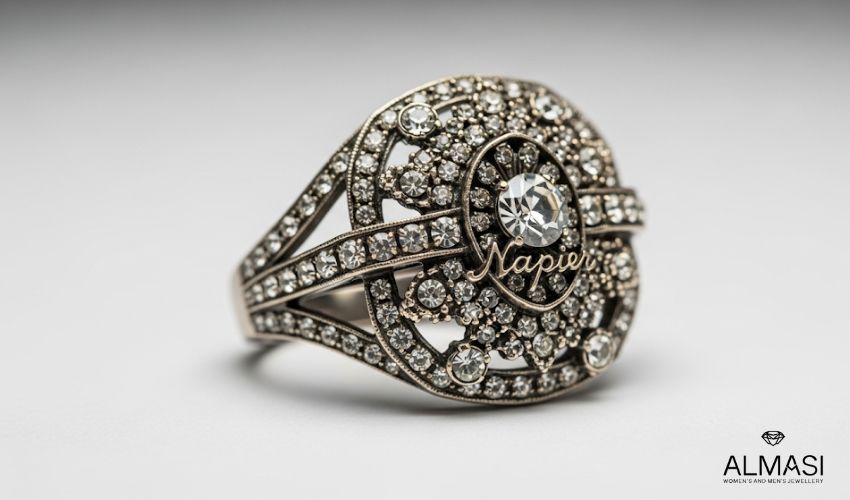
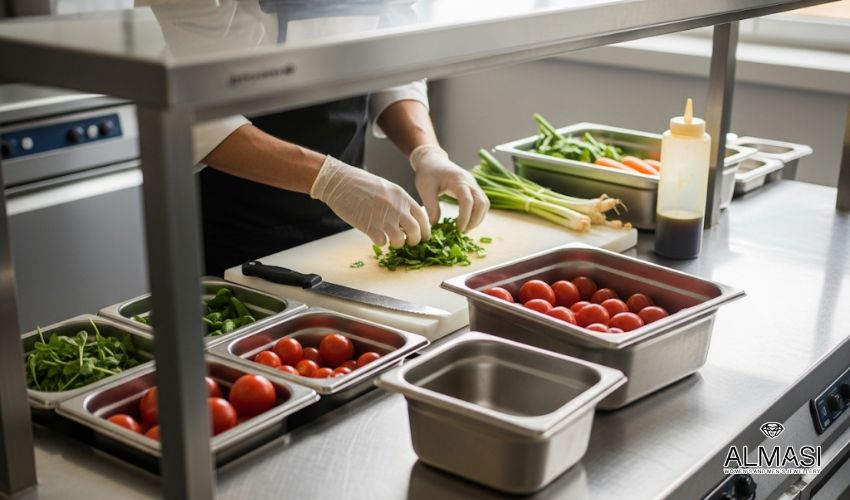
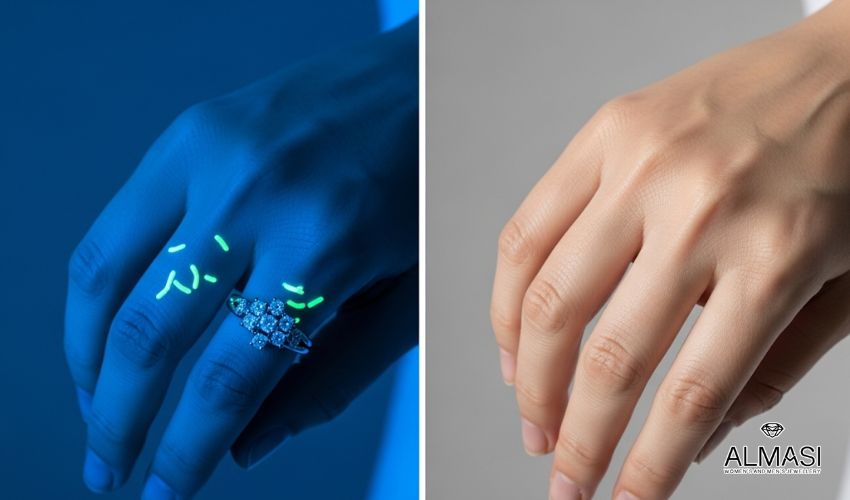
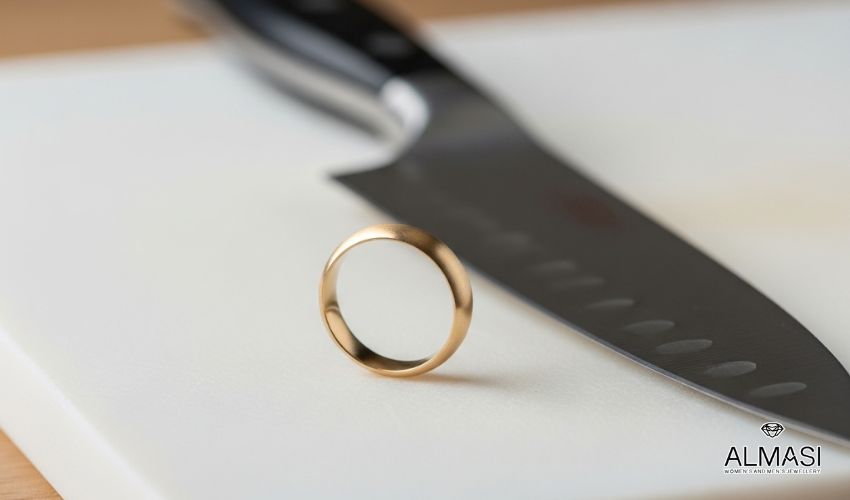
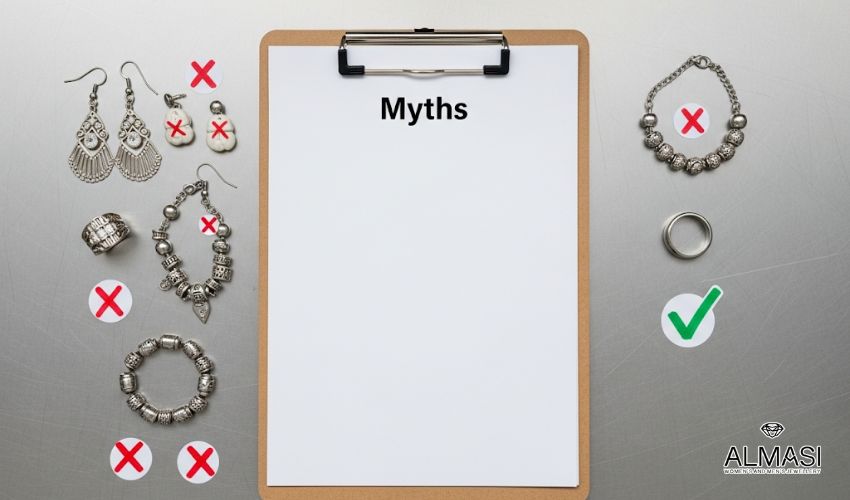
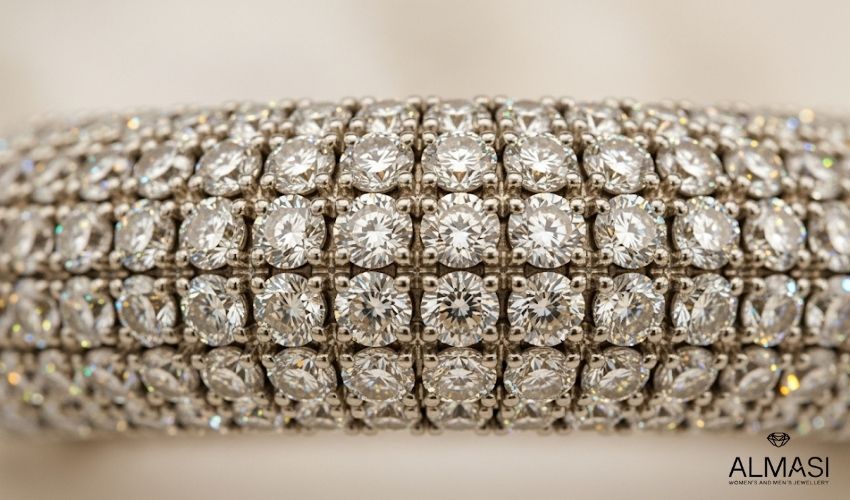
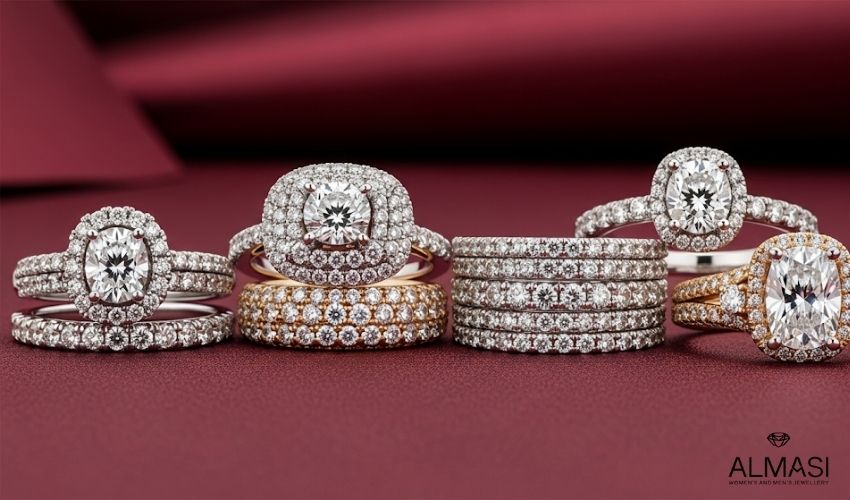
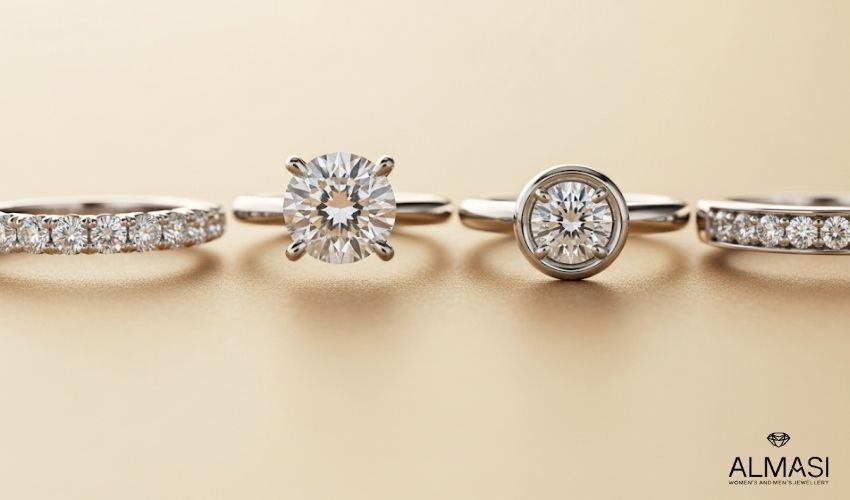
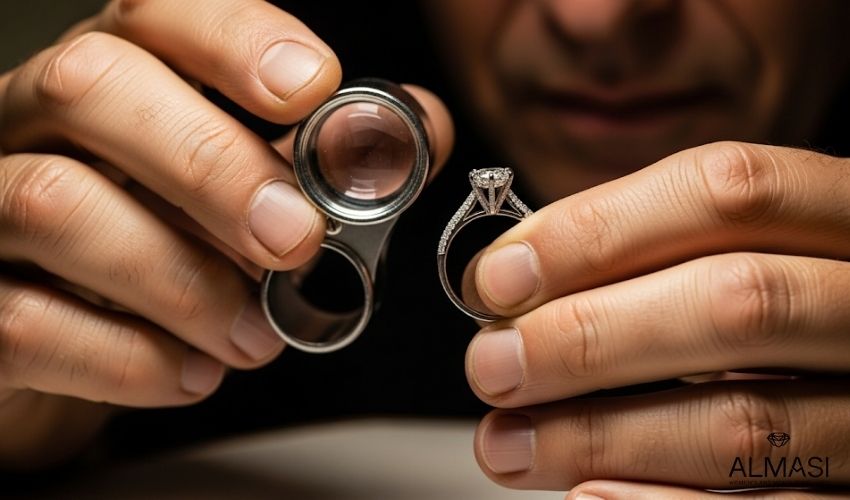
No comments yet